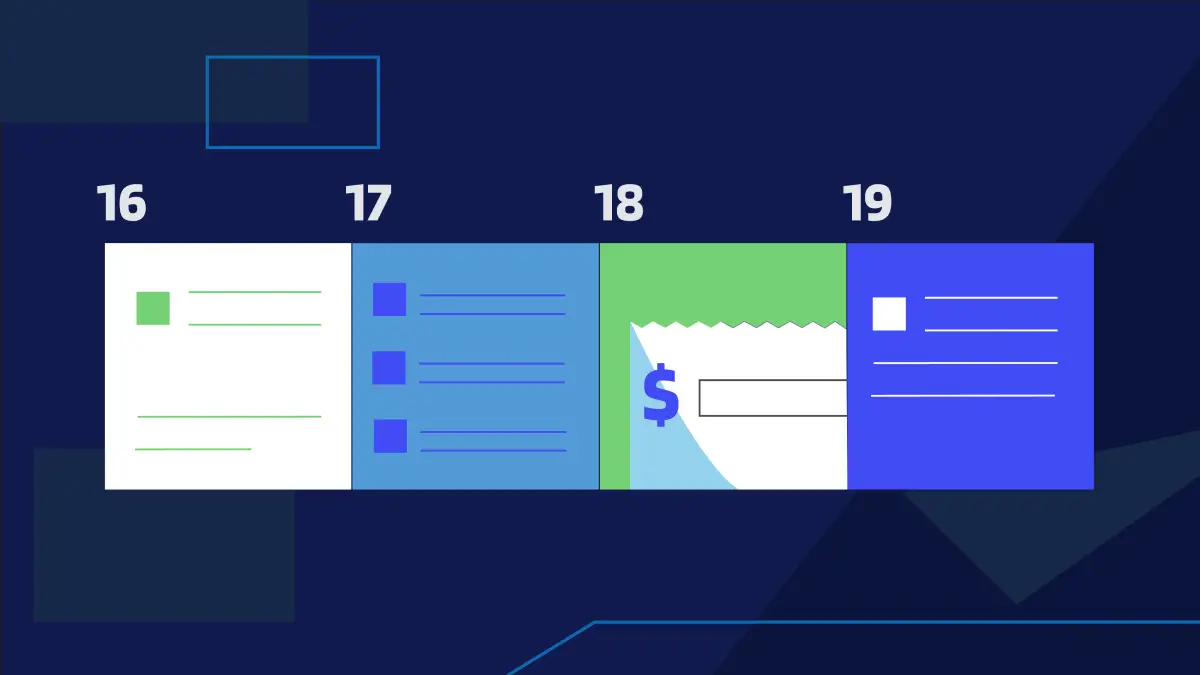
April showers not only brought May flowers to kick off a new month…they also brought a number of new updates to the Upper Hand app. Here’s an inside look at what’s new, and a sneak peak at what’s coming soon!

Parents spend thousands of dollars on youth sports and fitness every year. But, how can they objectively tell their athletes are getting any better?
We operate in an industry where there is no clear-cut way to evaluate athletes or define success.
Yet, results are what athletes expect from training programs.
Results keep clients coming back.
So, how can coaches and trainers showcase the value of what they are doing to help their athletes know they are getting better?
With the rise of digital disruption in our space, Upper Hand is using its software to do just that.
As Kevin MacCauley says, “It’s all about the experience that clients and members have. Software is more than just processing a payment or putting someone on a schedule or roster.”
MacCauley recently sat down with Pete Moore on the HALOtalks podcast to talk about how Upper Hand is leveraging data and analytics to help sports and fitness business owners deliver the value of their offerings to their clients and athletes.
Listen to the full episode here.
As the name suggests, athlete progression tracking provides a way to track an athlete’s progress. Not only does this mean tracking skill development or performance metrics, but it also includes how athletes move through your business. How can you, as a business owner, begin to use athlete progressions?
When it comes to tracking athlete progressions, you must first have visibility into data for the business within your software. Otherwise, you will never be able to make the step up to get to progression tracking.
This begins as simply as having easy access to demographic information to better understand your clientele. For example, if you have a family with three children that train at your facility, you need to be able to find that, from a data perspective, inside the software.
“The ability to pull data and use it immediately makes a company extremely valuable and lethal in terms of being able to scale and deliver value.” says MacCauley.
Related: Data, Analytics, and Insights: Why Lacking all Three is Costing You
With that data in place, you can then focus on the progression of an athlete. First, you can track this data from a performance standpoint. MacCauley equates this to apps such as Apple Fitness that create and produce workouts for you based on your fitness goals.
Part two of this progression tracking is the assessment data. As MacCauley says, “this is what’s happening behind or after that workout that’s tracking that success. Maybe it’s velocity, or maybe it’s gait cadence on a treadmill.”
Learn how you can accelerate client development with powerful video analysis software.
When you connect and blend the athlete performance data and business data, you’ll feel empowered to make better business decisions.
What can you learn from this data? MacCauley outlines a couple of scenarios:
Scenario 1: Programming vs. Customer Lifetime Value
Are you letting athletes get too good too fast? There can be a level of working out too much in comparison to the average lifetime value of your clients. The data will help you determine how you might stretch out the programming that you do.
Scenario 2: Instructor Variety and Rapport
Are your athletes seeing enough variety in instructors? An analysis of data can help you identify if there’s a specific instructor that, when everyone in a specific category sees them, results in a higher lifetime value. So what would you do next? You would make sure that instructor hits every one of the other groups to pull up a higher lifetime value for the business.
“All of the things we are learning from Peloton and Precor to every accessory and hardware out there is great for the industry, and that’s where we’re most excited,” says MacCauley.
Upper Hand has already made great strides in using data to empower its customers. Membership Analytics by Upper Hand was designed natively so that business owners can analyze and predict recurring revenue and analyze past membership data.
Membership Analytics allows businesses to track things such as how many new members have joined their facilities, the cost of membership cancellations, the cost of people downgrading their membership, reactivation revenue, and expected recurring revenue that will influence spend and budget.
Data is the most objective way to make decisions — it can tell you which areas of your business are performing best, which offerings to focus on, and so much more.
Interested in the future of sports business? See how Upper Hand is predicting the future of business growth with data-driven software. Get a demo today.

April showers not only brought May flowers to kick off a new month…they also brought a number of new updates to the Upper Hand app. Here’s an inside look at what’s new, and a sneak peak at what’s coming soon!

In our latest edition of The Huddle, we outline three different holiday promotion ideas you can run for your business. Promotions and coupon codes have a number of benefits for gyms, studios, and sports training facilities. Using discounts and promotions to reward repeat clients and membership encourage and reward brand loyalty.